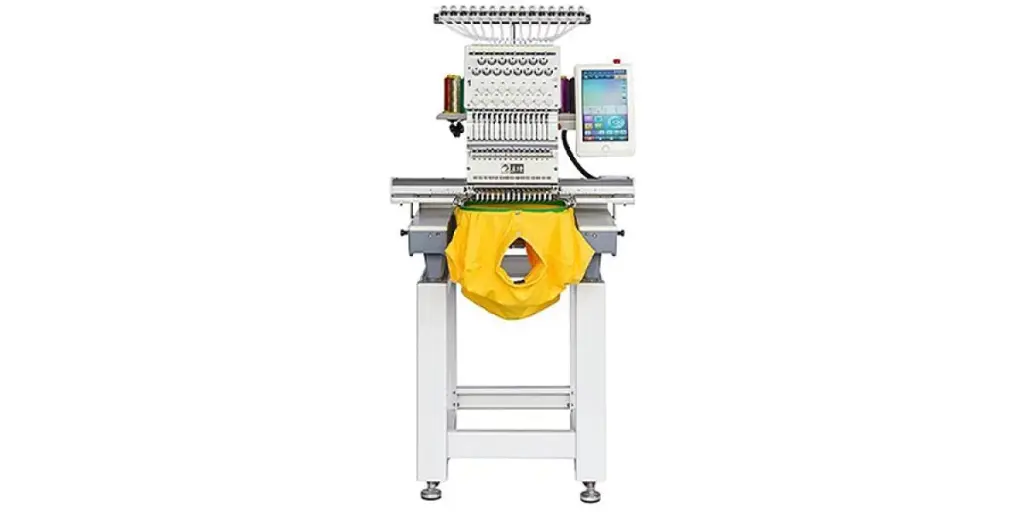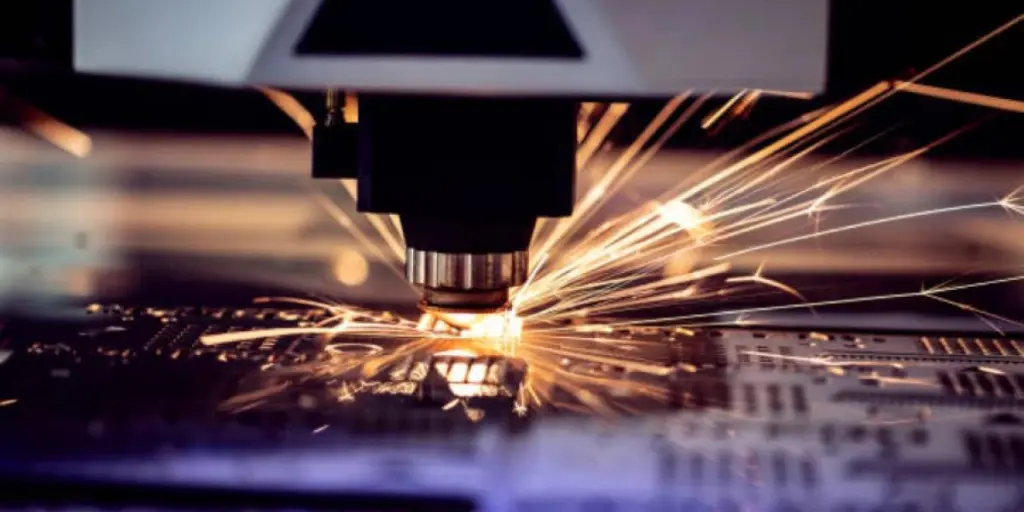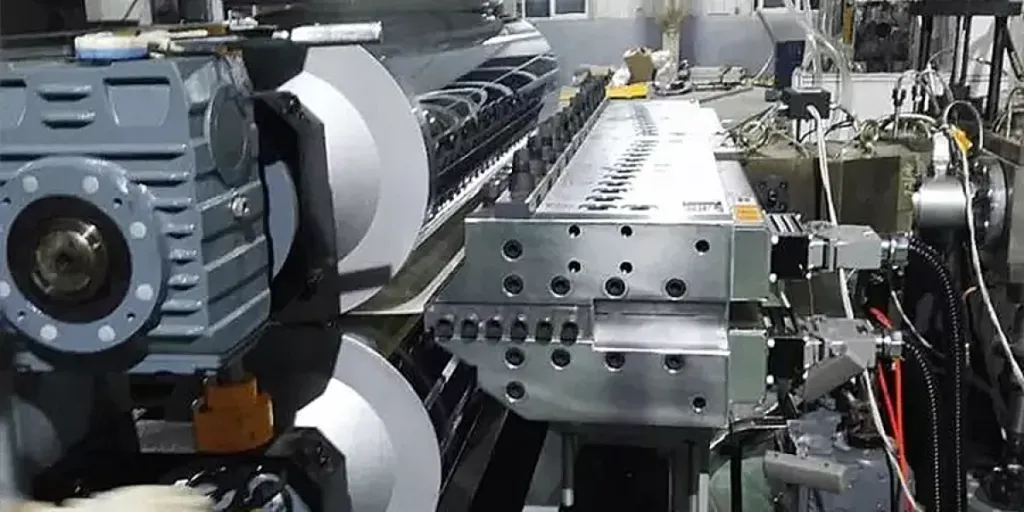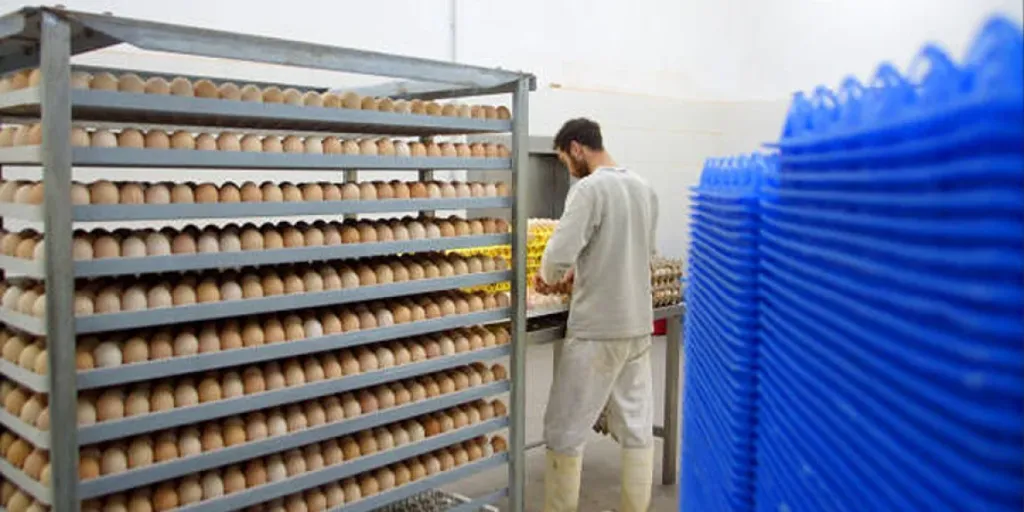The current global population growth rate is 1.05% per year. As the global population swells, the need for garments will increase steadily. One machine that helps meet this need satisfactorily is the embroidery machine. Like any other machine, the embroidery machine will require maintenance to render good service to businesses and industries. This article will explain how to maintain embroidery machines professionally.
Table of Contents
Why maintenance of embroidering machines is important
Structure of embroidery machines
How to maintain embroidery machines
Final thoughts
Why maintenance of embroidery machines is important
All businesses want their machines to last longer and have minimal breakage. For some businesses, their embroidery machines work over 6 hours a day. If it’s sewing one color with 25,000 stitches, it’s equivalent to 625 meters in one direction. This results in considerable stress on the machine and wears the thread handling areas. Regular maintenance of embroidery machines will ensure that they’re in good working condition. In addition, maintenance and care are necessary to help operate the machines smoothly and extend their life.
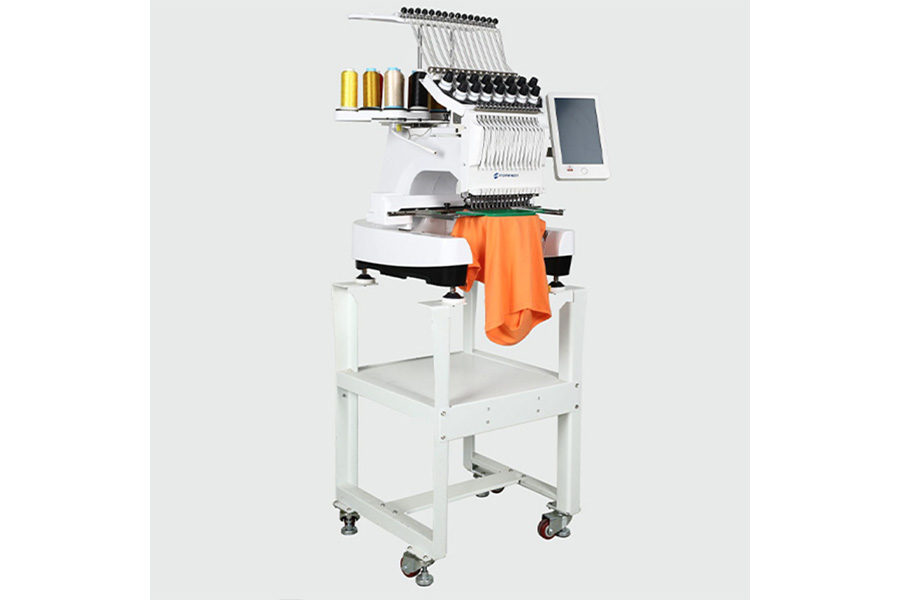
Structure of embroidery machines
Embroidery machines are composed of many parts. However, some are crucial for any embroidery machine: the column, case, frame holder, and head.
The case – It’s fixed on the column and consists of a cantilevered arm and a pole. Embroidery machines have a stitching mechanism connected to the column’s upper part. Inside the case is the main shaft mechanism.
The head – It has a set of needle mechanisms with thread take-up and thread guide mechanisms. The head also shifts from the case in the horizontal position and engages with the main shaft stirring up the needle mechanism. It helps the machine shift the thread color in one embroidery run.
The frame holder – It shifts the frame in a horizontal level in four directions from the active needle.
A few things to note about the embroidery machine include:
The speed of embroidery – It’s measured in stitches per minute and can be adjusted manually or automatically. The optimal speed of embroidery machines is 700 – 900 stitches per minute with a maximum speed of 1200 – 1400 stitches per minute.
The number of working heads – A modern multi-headed machine will have 2 – 4 heads.
The needle quantity – Needle quantity is equivalent to the number of needles in a head. It’s the maximum number of thread colors used in one embroidery run. A modern machine can have between 1 and 12 needles.
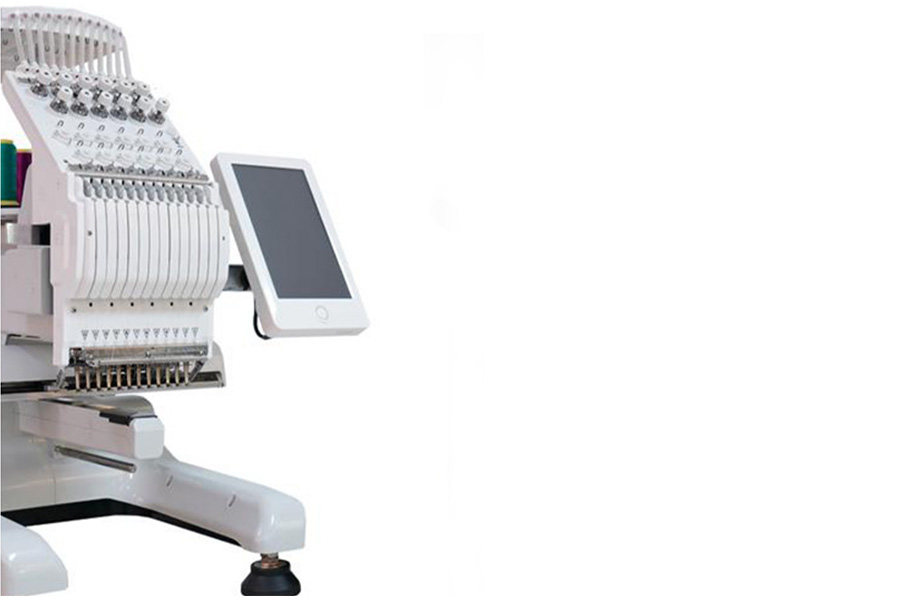
How to maintain embroidery machines
Consider the following tips to maintain embroidery machines:
Be gentle with the machine and its accessories
The embroidery machine has to be used without aggression. When operators are aggressive while working with the machine, parts of it can be easily broken, such as the hoop.
Lubricate the machine
The lubrication of an embroidery machine depends on its specifications. Some embroidery machines require lubrication in specific parts, as outlined in the manual. Such parts include the bobbin cage, which moves a lot. Other embroidery machines don’t need any lubrication as it would damage the machine’s electronics. Lubrication should only be done according to the machine’s manual.
Change needles regularly
First, businesses are advised to use embroidery needles and not regular machine needles. Embroidery needles are sturdier and can handle embroidery better. Secondly, changing needles is important because it prevents broken needle parts from sticking in the machine. Many people change needles after they get broken. This is not advisable because some parts of the needle could cause damage to the machine. Instead of this, needles should be changed regularly. As needles are used, they could get bent slightly, gummy, or get nicks. When such deformations occur, they should be changed before they break.
Use the correct weight of embroidery thread
Embroidery machines are designed to use threads with a particular weight. When inappropriate threads are used, they’ll affect the tension of the thread, which may break the machine and increase repair costs. Using a regular thread may not be a good option either because it doesn’t move smoothly through the needle. In addition, a regular thread has notches at the spool’s edge. The thread can easily get caught there and even cause the needle to break. Go through the manual and figure out the correct thread weight to be used with the embroidery machine.
Turn off the machine when not using it
Turning off the machine when not in use will help in saving energy. More importantly, it’ll protect the screen of the machine and extend the machine’s life.
Cover the machine after using it
Dust will always find its way into the minutest parts of anything, including embroidery machines. That is why it’s advisable to cover them when they’re not in use. Some embroidery machines come with a cover. However, if a machine doesn’t have a cover, one can always be purchased or made to keep off unwanted dust.
Cover the thread
The thread can collect dust and lint when left in the open. This debris can be introduced into the machine when that thread is used. Dust, lint, and bits of thread can affect the tension and the machine won’t stitch well. Therefore, storing thread in a storage bin is good practice.
Clean the machine
Embroidery machines should be cleaned based on the recommendation given in the manual. If the machine is used daily, thorough cleaning should be done quarterly. If it’s not used daily, the machine can be cleaned every 1500 hours of use. Cleaning the machine by blowing into it’s not advisable because it introduces moisture. Using canned air to blow away dirt is also not advisable as it pushes lint and dirt further into the machine.
Using a small brush is a much better way to whisk away dirt that has entered the machine. Specific attention should be paid to the bobbin cage. Little threads get caught underneath the bobbin cage screw and should be cleared with a thin, firm paper such as a business card.
Calibration after maintenance
After maintenance, recalibration of the embroidery machine is recommended before using the machine. This is because some parts such as the needle case, bobbins, and needles may have been tampered with during maintenance. Recalibration should be done with the use of the manufacturer’s manual.
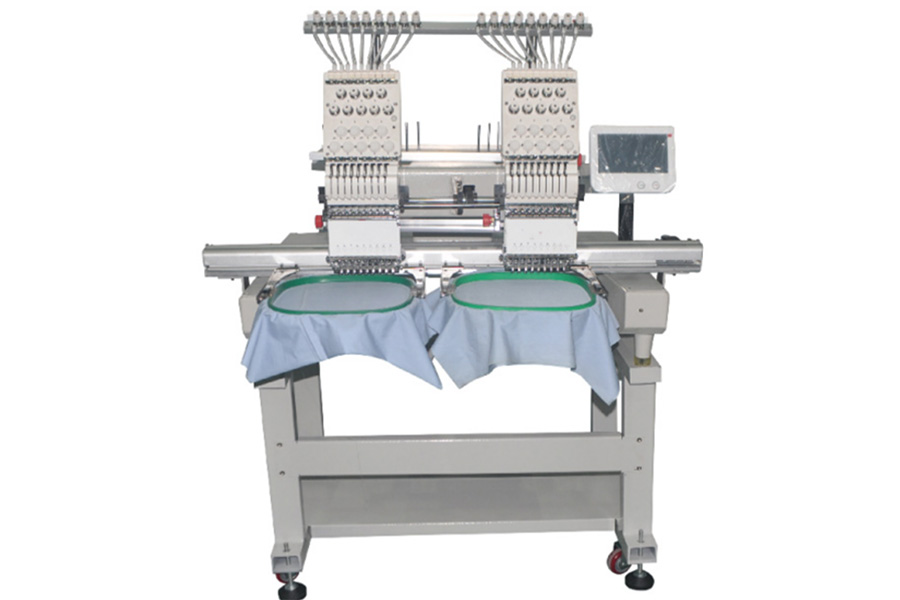
Final thoughts
As we have seen, proper maintenance will result in extended life of the embroidery machine and reduced repair costs. Lastly, it’s always good to ensure that the embroidery machine is not overworked. It’s advisable to give the machine time to rest. Visit Alibaba.com for various embroidery machines in the market.
